Longmen Grottoes in Luoyang, a model of cultural heritage conservation and utilization
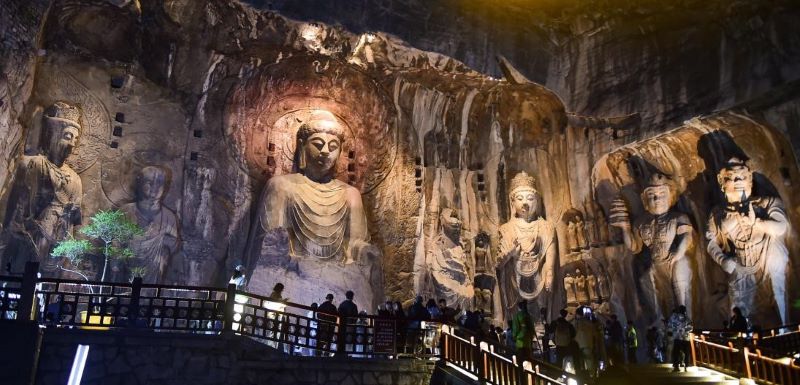
Agency : South of Luoyang, central China's Henan province, a winding path ascends the West Hills of the Longmen Mountains. Carved into the cliffs are thousands of niches and statues of varying sizes - the Longmen Grottoes come into view.
The grottoes were first carved during the Northern Wei Dynasty (386-534), when Emperor Xiaowen relocated the capital to Luoyang. Their construction flourished during the Tang Dynasty (618-907), spanning more than 400 years.
The site features 2,345 caves and niches, nearly 110,000 Buddhist statues, over 2,800 inscriptions, and nearly 80 pagodas. Standing for more than 1,500 years, Longmen Grottoes remains the world's largest and most richly decorated repository of stone carvings. UNESCO has hailed it as the pinnacle of Chinese stone carving art. In November 2000, this magnificent cultural relic was inscribed on the UNESCO World Heritage List.
In the 1960s, the Longmen Grottoes faced serious threats: rock collapses, weathering, and water seepage. In 1971, the site underwent its first major restoration. Steel anchor rods were used to reinforce the cliffs, and resin grout was injected to seal cracks. The restoration of the colossal Losana Buddha alone took 15 years.
A new round of restoration began in 2021, marked by significant advances in monitoring, surveying, grouting materials, and construction techniques compared to five decades ago.
According to Ma Zhaolong, a senior researcher at the Longmen Grottoes Academy, the latest restoration included a comprehensive "health check" to monitor moisture levels and weathering conditions. The academy, in collaboration with relevant universities, developed digital profiles to serve as "health manuals" for the stone sculptures.
The more than 200 days of restoration work not only stabilized the cliff faces but also represented a shift toward preventive conservation. "Fifty years ago, we were performing a major surgery," Ma said. "Now, we focus on regular maintenance, underpinned by an improved monitoring system."
Among the grottoes on the West Hills, the Binyang Middle, North, and South Caves sit side by side. In the Binyang Middle Cave, beneath a lotus-shaped ceiling, a bare wall remains where the "Empress Worshipping the Buddha" relief was once carved. In the 1930s, the relief was chiseled into fragments and smuggled overseas - leaving a painful void for cultural heritage professionals.
So how can these lost treasures be reconnected with their origins?
The Longmen Grottoes Academy has launched a digital project in partnership with Xi'an Jiaotong University, the University of Chicago, and other institutions to trace and digitally reunite the missing pieces. By scanning scattered fragments from around the world and comparing them with historical photographs, researchers reconstructed the original flow of drapery lines and digitally recreated the facial features and expressions of the statues using references from the same historical period.
In 2023, the "Empress Wen Zhao's Ceremony to the Buddha" relief became the first to be digitally revived. Through augmented reality (AR) technology, visitors can now vividly experience the grace and elegance of this historic artwork.
Gao Junping, head of the information and documentation center at the academy, said that since 2005, the institution has been building digital archives of the grottoes. Using laser scanning and high-definition photography, the team has compiled an extensive database to preserve these invaluable cultural relics.
In the academy's digital exhibition hall, rows of ancient-looking statues are on display. Upon closer inspection, the intricate folds in the garments are remarkably clear. These are not stone carvings but life-sized digital replicas created using 3D printing technology.
"Traditional replication methods like casting and rubbing often risked damaging the originals. Now, with 3D printing, we can replicate artifacts without causing any harm, which greatly enhances our capacity for protective research," Gao explained.
As daytime crowds recede and night falls, the Longmen Grottoes reveal another different kind of beauty. "We've extended opening hours and introduced nighttime tours to create new cultural tourism experiences," said Wang Qingru, a staff member at the academy.
"In April, we relaunched our night tours, attracting many visitors. The Longmen Museum is also scheduled to open next year, showcasing even more exquisite artifacts from our collection," said Wang.
As a UNESCO World Heritage Site, the Longmen Grottoes is also a key destination for educational trips. In recent years, the academy has translated its academic research into engaging learning programs. It now offers 10 hands-on courses and themed summer camps, covering clay sculpture, mural painting, ink rubbing, and more, inviting young people to appreciate the beauty of grotto art.
The numbers speak for themselves. In 2024, the Longmen Grottoes welcomed over 7.7 million visitors, up 31 percent year on year, setting records in both total visitor count and ticket revenue. In the first four months of this year alone, nearly 3.17 million visitors arrived, up 12 percent from the same period last year. Meanwhile, International tourist numbers rose by a striking 4.6 times.
"We've always put preservation first," said Yu Jie, Party head of the Longmen Grottoes Academy. "By leveraging advanced technology, deepening academic research, and uncovering the cultural value of the grottoes, we've promoted the integration of culture and tourism. More people can now experience China's profound history and magnificent civilization right here at Longmen," Yu added.
-By Zhu Peixian, Zhang Wenhao, People's Daily











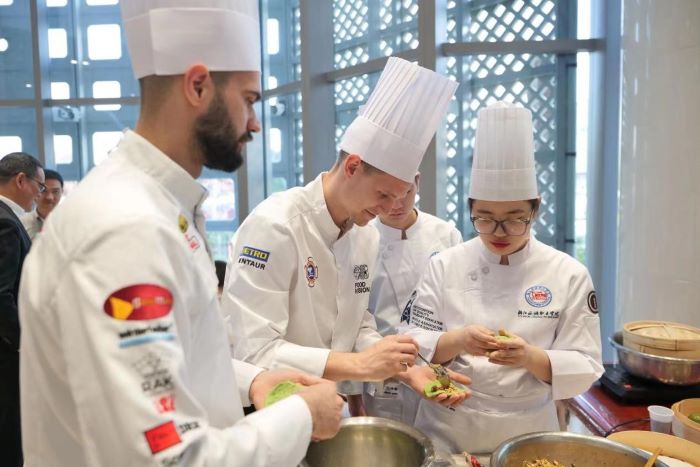
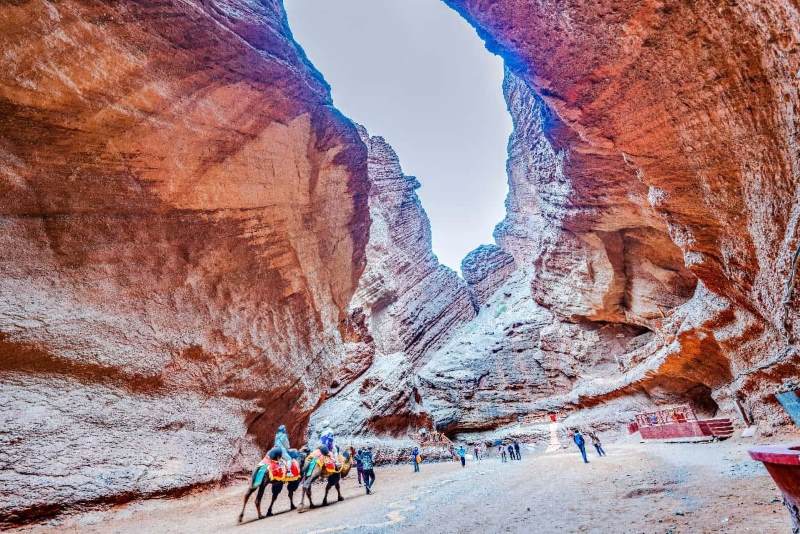
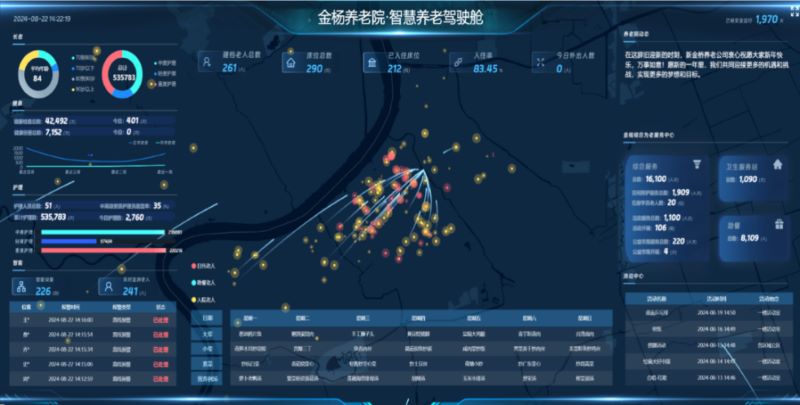
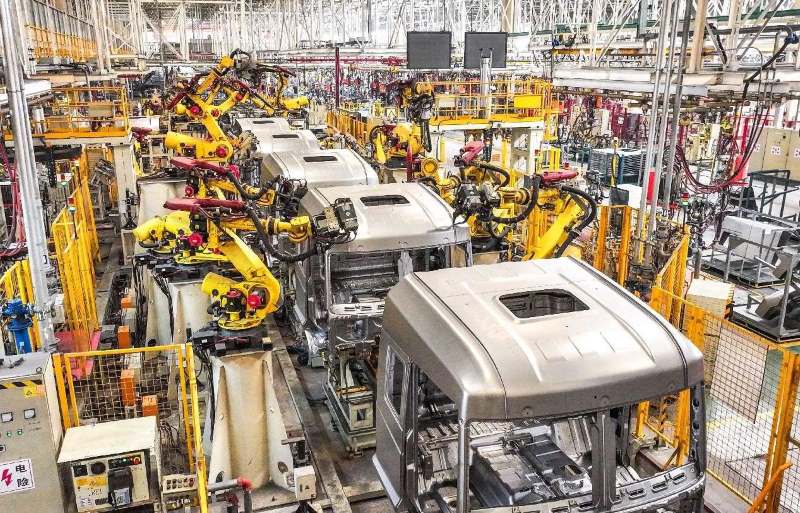
प्रतिकृया दिनुहोस